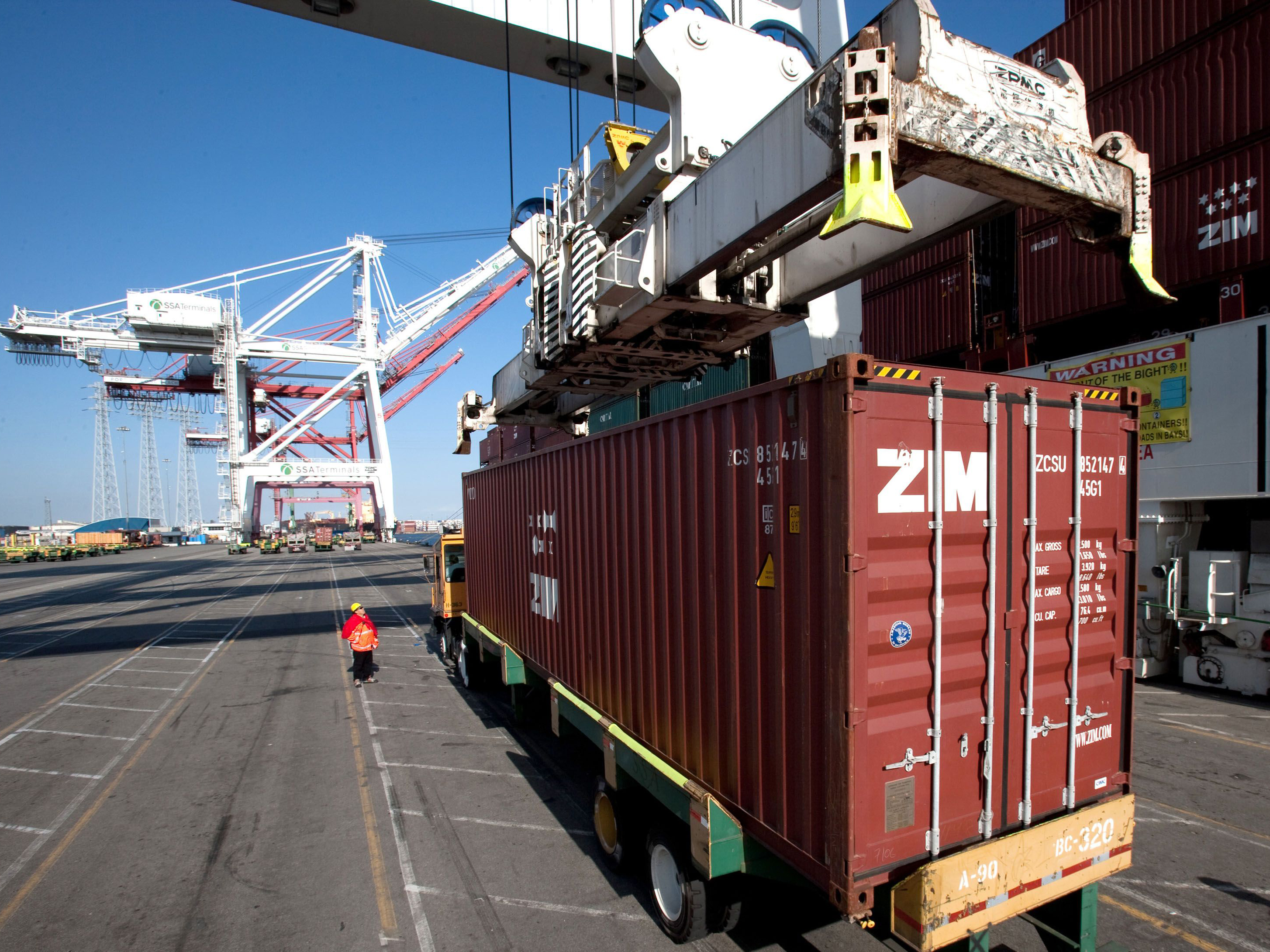
Visit Our Sponsors |
|
|
|
|
|
|
|
|
|
|
|
|
|
|
|
|
|
|
|
|
|
|
|
|
|
|
|
|
|
|
|
|
|
|
|
|
|
|
|
|
|
|
|
|
|
|
|
|
|
|
|
|
|
|
|
|
|
|
|
|
|
|
|
|
|
|
|
|

About 1,700 dockworkers at West Coast ports have tested positive for COVID-19 in January, stretching capacity at the U.S.’s busiest gateway for shipping containers.
The number of infections for this month compares with 1,624 for all of 2021, according to the Pacific Maritime Association, which negotiates contracts with the International Longshore and Warehouses Union for 70 companies at 29 ports on the coast. About 80% of January’s reported infections were at the U.S.’s two largest ports of Los Angeles and Long Beach. Almost 15,000 ILWU workers are employed at West Coast ports.
The absences and infections come as the terminals work to reduce congestion that’s likely to persist through 2022. Initiatives by authorities at the twin San Pedro Bay ports, such as threatening to penalize truckers and rail operators for not picking up containers, have seen the number of lingering boxes on the docks decline, but the freed-up space is now occupied by empty containers awaiting transport back to Asia.
There were 99 container ships queuing off the San Pedro Bay coast as of Wednesday, down from a record 110 earlier in the month. With an average load of 8,200 20-foot containers, or TEUs, per ship and 178,000 TEU port capacity per week, that amounts to about 4 1/2 weeks of backlog, according to data from the Marine Exchange of Southern California and Flexport, a San Francisco-based freight forwarder.
Yusen Terminals LLC at the Port of Los Angeles saw a reduction in throughput of about 10% to 15% at the worst of the recent Covid spike but conditions are starting to improve, according to Chief Executive Officer Alan McCorkle. As of Wednesday, 336 longshore employees at West Coast ports were formally listed as unavailable to work for reasons related to COVID-19, with 203 of those reported from LA and Long Beach, the PMA said.
“I think the worst is behind us and the gang numbers are starting to go back up again,” McCorkle said.
It mirrors the downward trend of overall infections in Los Angeles county that have fallen from a peak in early January. The seven-day average for the positivity rate has declined to 13.8% as of Jan. 25 from more than 20% at the start of the year, according to data from the LA County Public Health Department.
LA and Long Beach announced record imports last year, moving 13% and 16% more than their previous records, respectively. U.S. importers are struggling to meet demand as inventories remain lean and supply chains are strained, also making it difficult for exporters to ship goods out of the country.
RELATED CONTENT
RELATED VIDEOS
Timely, incisive articles delivered directly to your inbox.

